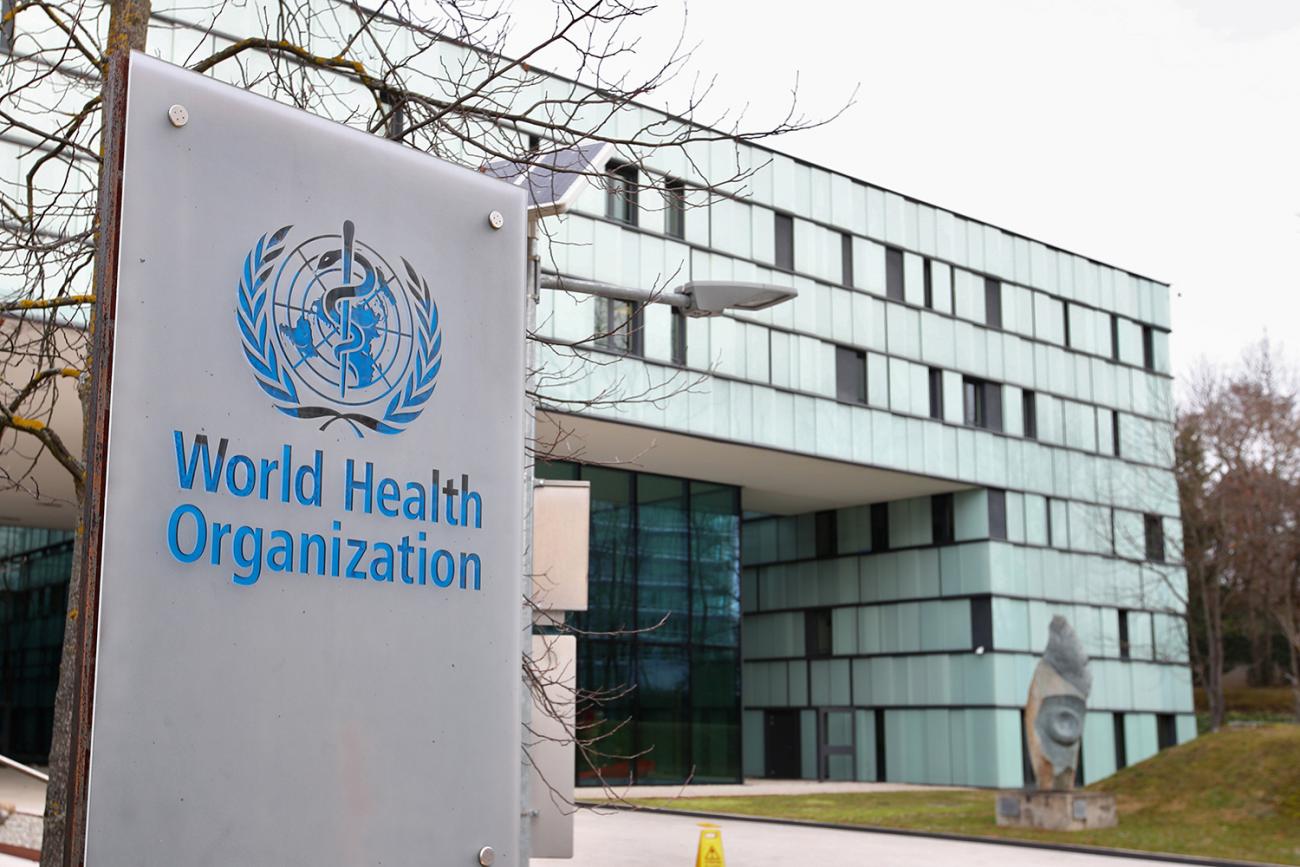The World Health Organization (WHO), the International Federation of Gynecology and Obstetrics (FIGO), and the International Confederation of Midwives (ICM) have issued new global guidelines aimed at reducing deaths caused by postpartum haemorrhage (PPH), the world’s leading childbirth complication.
Announced during the FIGO World Congress in Cape Town on October 5, 2025, the recommendations mark a shift in how PPH is prevented, diagnosed, and treated, highlighting the urgent need for earlier detection and faster intervention, steps that could save the lives of tens of thousands of women each year.
Postpartum haemorrhage (PPH) defined as excessive bleeding after childbirth, accounts for nearly 45,000 maternal deaths annually and affects millions of women worldwide.
PPH can also lead to lifelong physical and mental health impacts, from major organ damage to hysterectomies, anxiety and trauma.
“Postpartum haemorrhage is the most dangerous childbirth complication since it can escalate with such alarming speed,” said Dr Jeremy Farrar, WHO Assistant Director-General. “Deaths are preventable with the right care, and these guidelines are designed to maximize impact where resources are most limited.”
A key change is the lowering of the diagnostic threshold. Health workers are now urged to intervene once blood loss reaches 300 mL and abnormal vital signs are detected, rather than waiting for the traditional 500 mL benchmark.
The guidelines recommend close monitoring of women after birth using calibrated drapes to accurately measure blood loss and trigger faster response.
Treatment is anchored on the MOTIVE bundle: uterine massage, oxytocic drugs, tranexamic acid, intravenous fluids, vaginal examination, and escalation of care if bleeding persists. Where necessary, surgery and blood transfusions remain vital life-saving options.
“Women affected by PPH need care that is fast, feasible, effective and drives progress towards eliminating PPH-related deaths,” said Professor Anne Beatrice Kihara, President of FIGO. “These guidelines take a proactive approach of readiness, recognition and response. They are designed to ensure real-world impact – empowering health workers to deliver the right care, at the right time, and in a wide range of contexts.”
Preventive care also features prominently, with recommendations for iron and folate supplements during pregnancy to reduce anaemia, a key risk factor. Safer delivery practices such as perineal massage and the use of quality-assured uterotonics like oxytocin, are also advised.
“These guidelines are a game-changer,” said Jacqueline Dunkley-Bent, ICM’s Chief Midwife. “But to save lives, governments and health systems must adopt and implement them quickly.”
The guidelines are accompanied by new training modules and resources for frontline health workers, forming part of the global roadmap to eliminate PPH-related deaths by 2030.
